
LOADING ...
In response to evolving domestic opinion, eMedals Inc has made the conscious decision to remove the presentation of German Third Reich historical artifacts from our online catalogue. For three decades, eMedals Inc has made an effort to preserve history in all its forms. As historians and researchers, we have managed sensitive articles and materials with the greatest of care and respect for their past and present social context. We acknowledge the growing sentiments put forth by the Canadian public and have taken proactive actions to address this opinion.
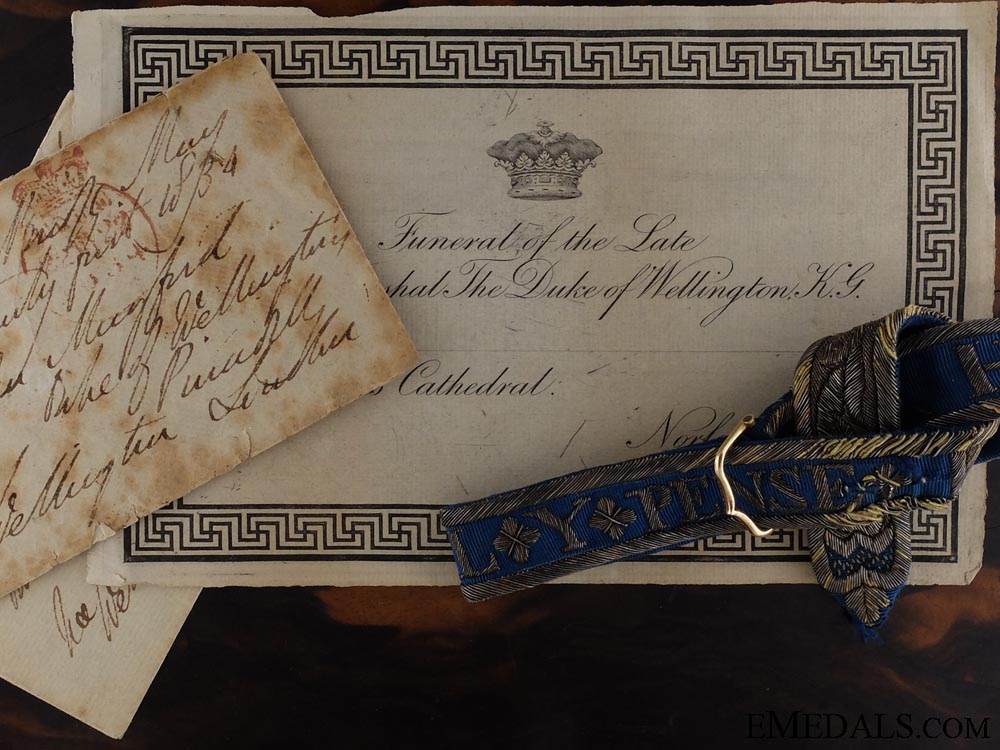
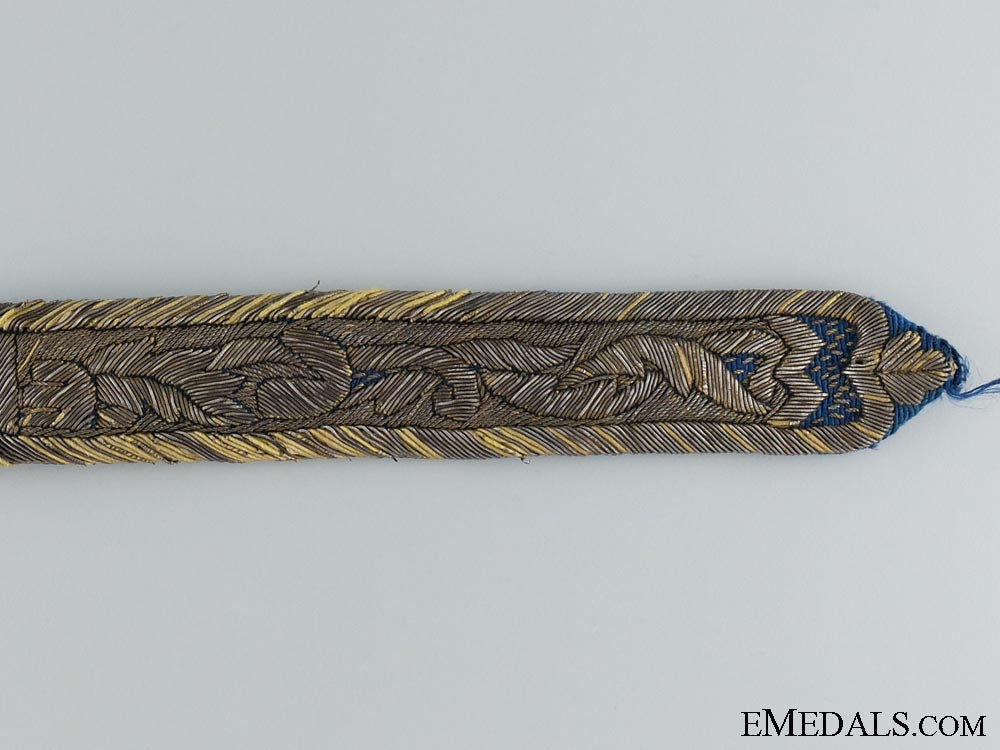
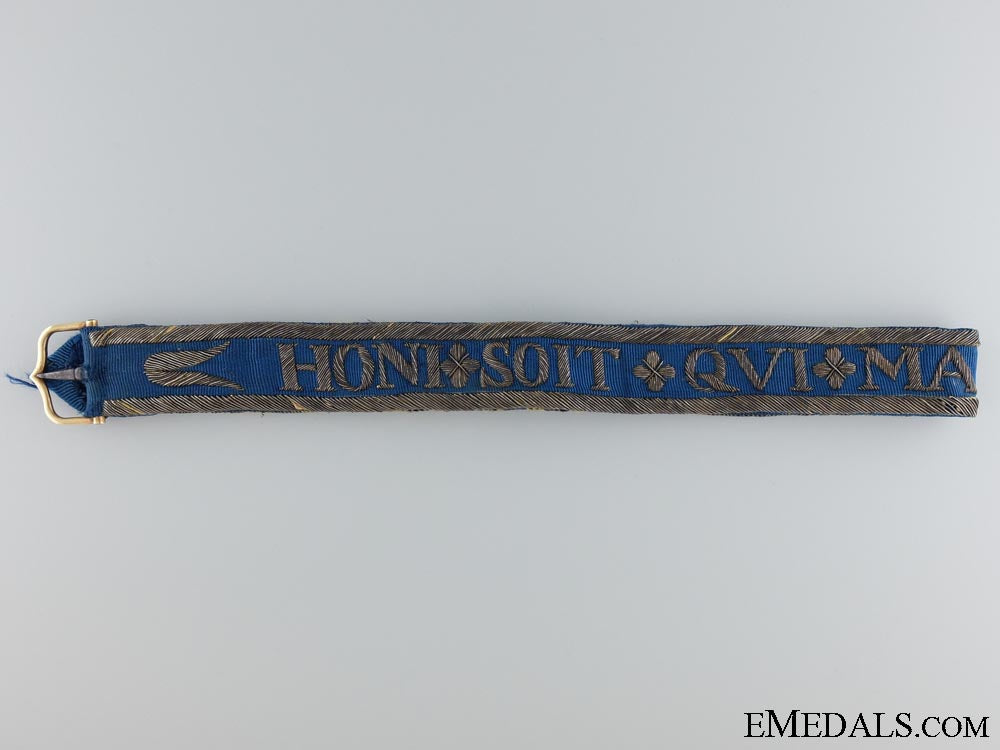
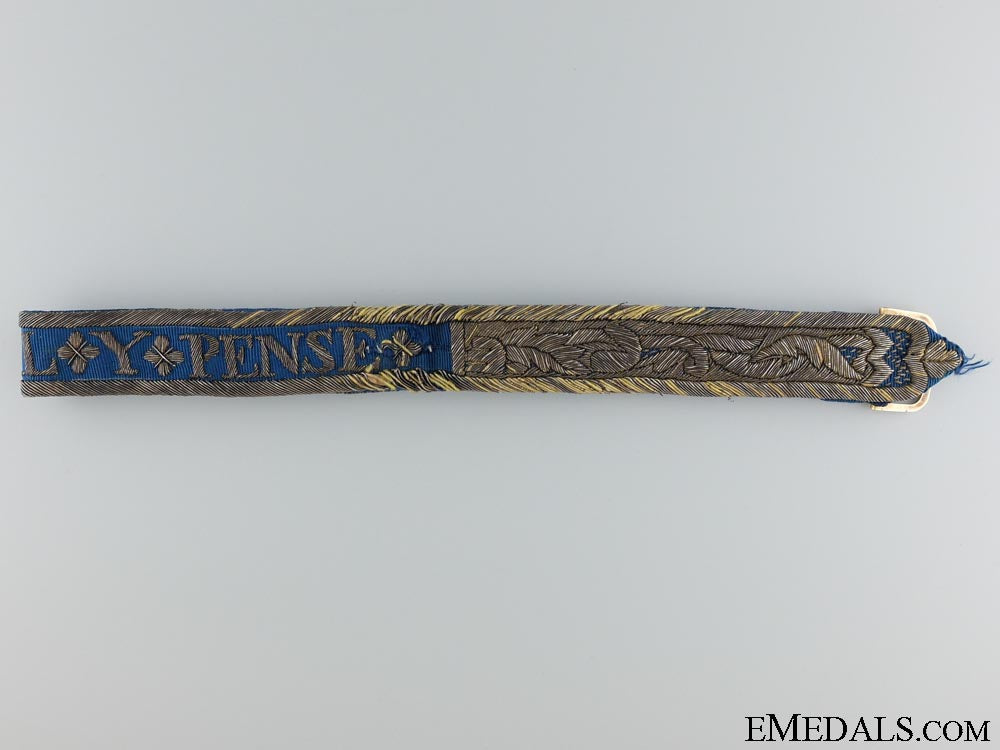
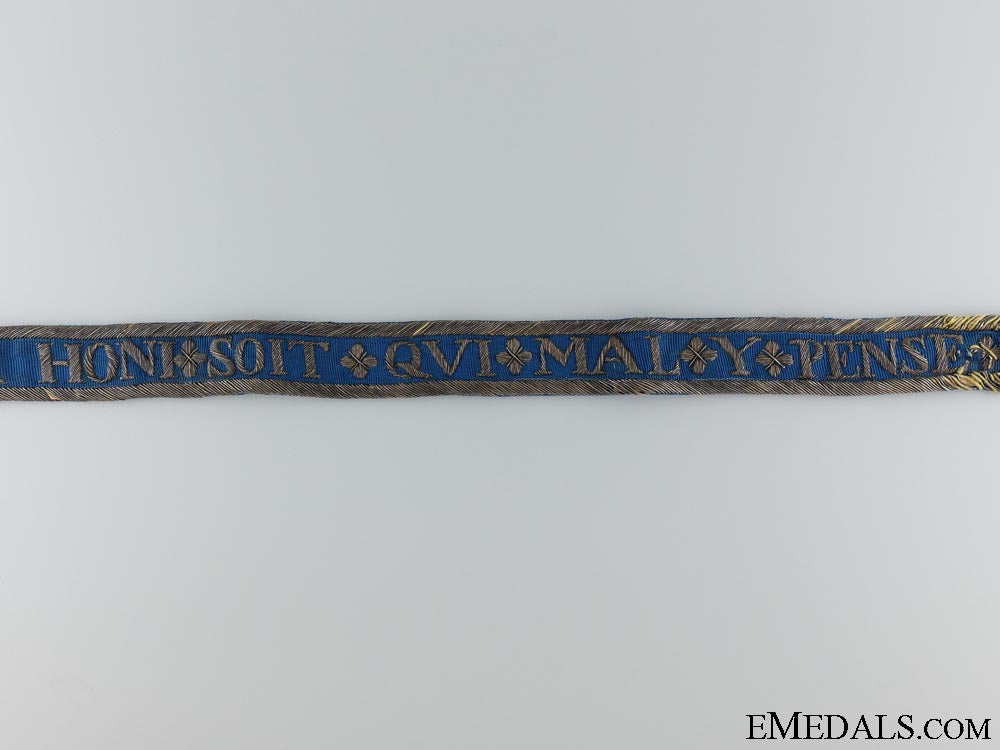
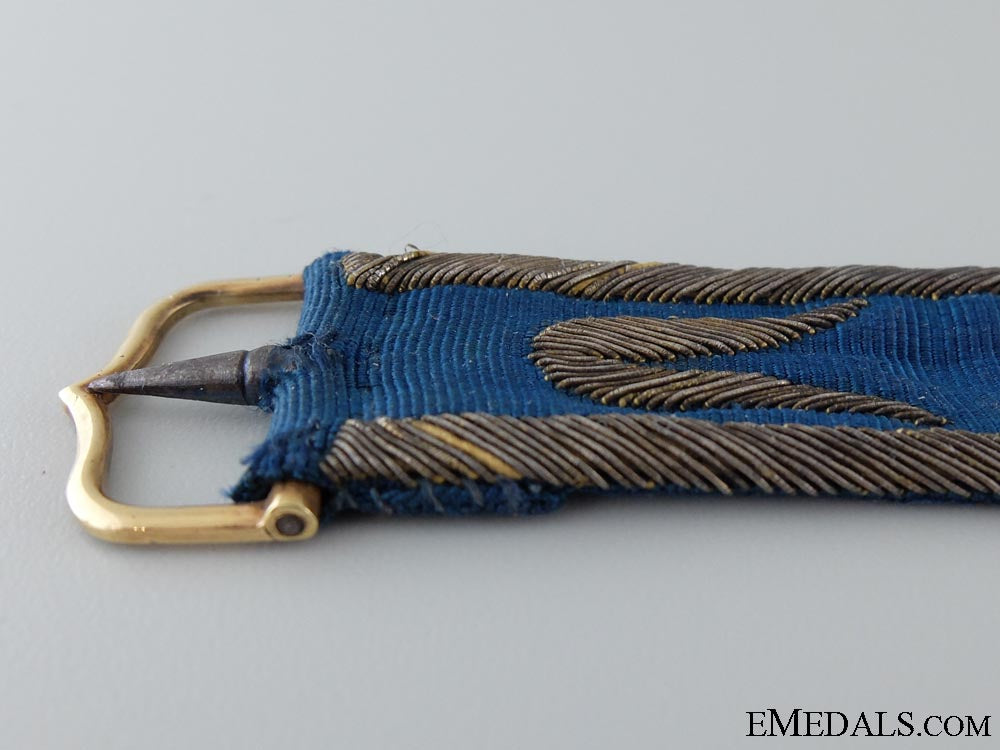
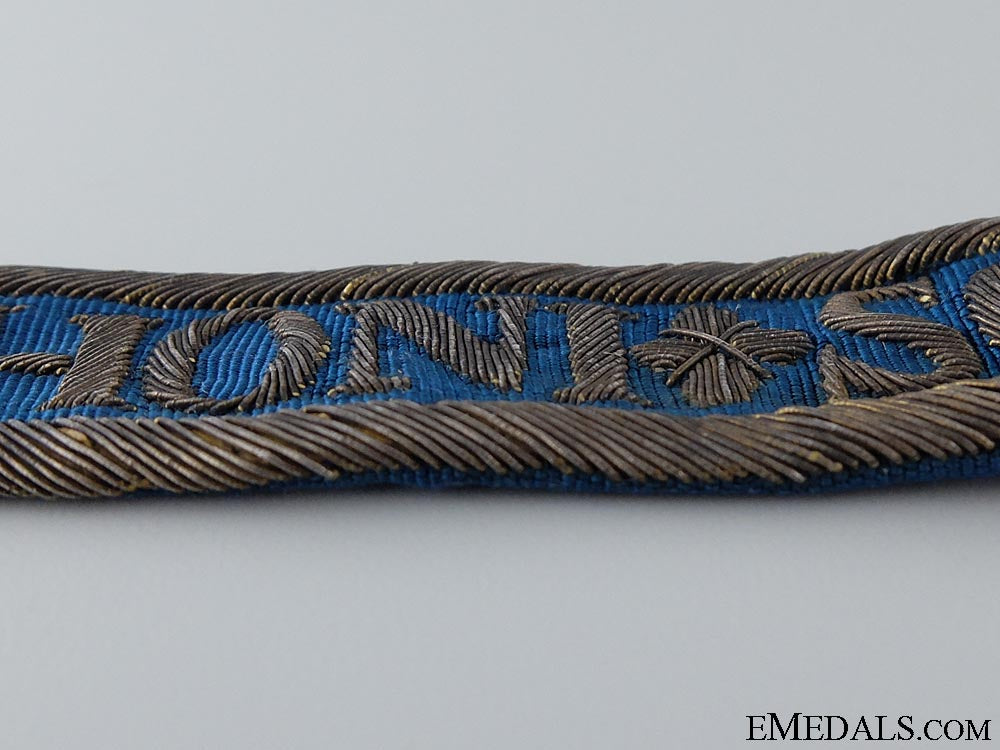
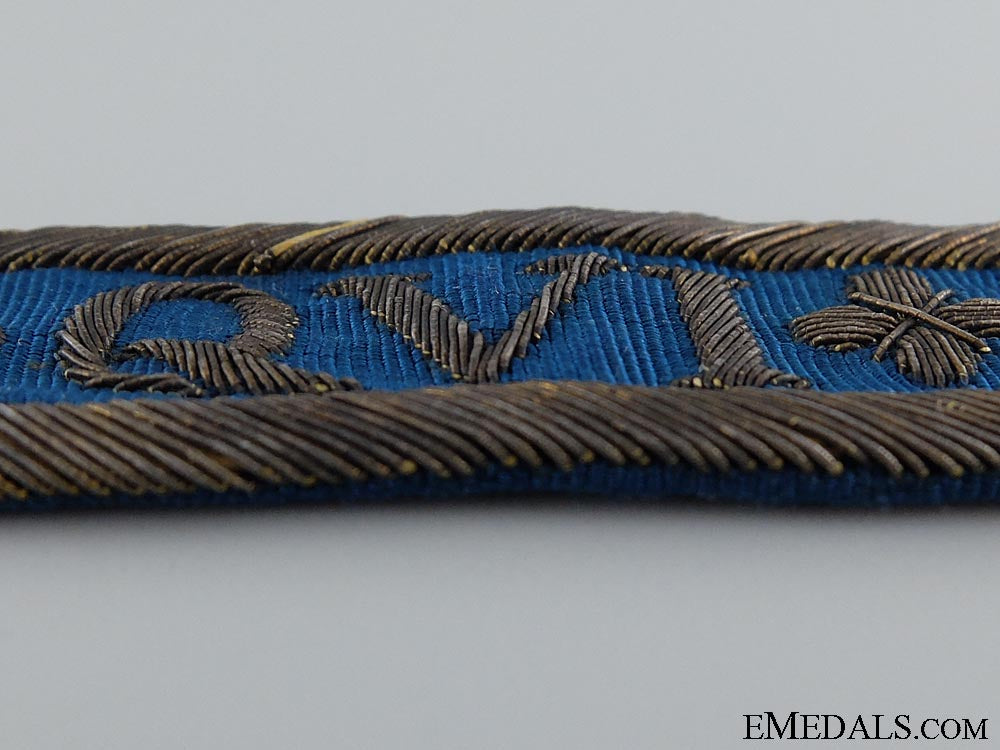
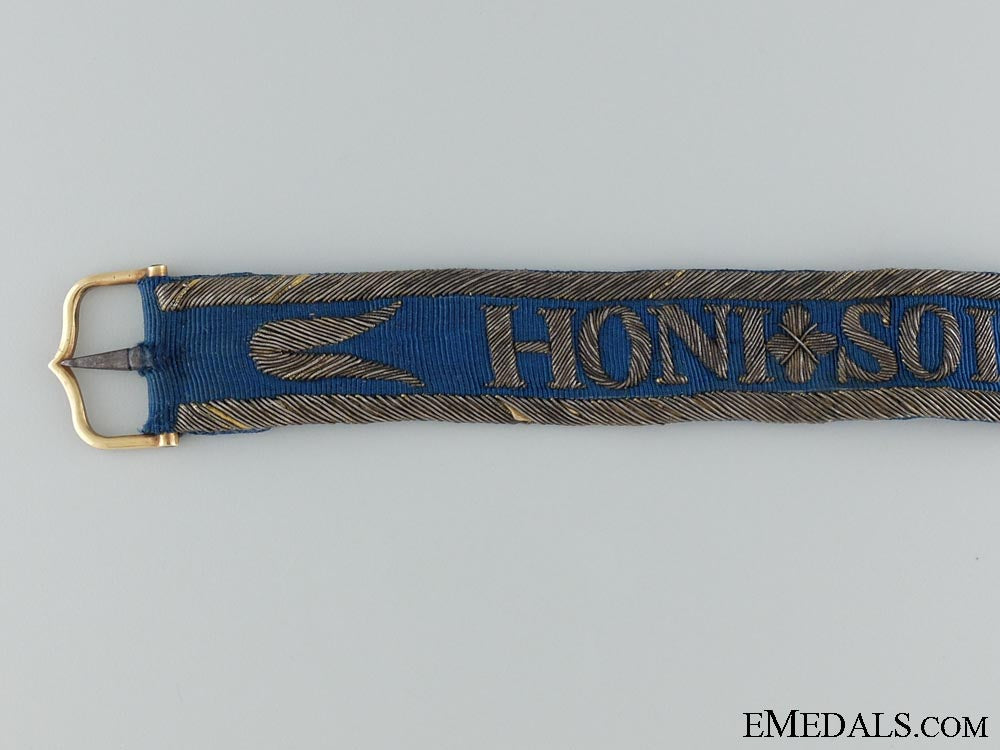
United Kingdom. A Historically Important Order Of The Garter And Personal Effects Of The First Duke Of Wellington, Sir Arthur Wellesley
United Kingdom. A Historically Important Order Of The Garter And Personal Effects Of The First Duke Of Wellington, Sir Arthur Wellesley
SKU: ITEM: GB3606
Current Bid:
Your Max Bid:
Bid History:
Time Remaining:
Couldn't load pickup availability
Shipping Details
Shipping Details
eMedals offers rapid domestic and international shipping. Orders received prior to 12:00pm (EST) will be shipped on the same business day.* Orders placed on Canadian Federal holidays will be dispatched the subsequent business day. Courier tracking numbers are provided for all shipments. All items purchased from eMedals can be returned for a full monetary refund or merchandise credit, providing the criteria presented in our Terms & Conditions are met. *Please note that the addition of a COA may impact dispatch time.
Shipping Details
eMedals offers rapid domestic and international shipping. Orders received prior to 12:00pm (EST) will be shipped on the same business day.* Orders placed on Canadian Federal holidays will be dispatched the subsequent business day. Courier tracking numbers are provided for all shipments. All items purchased from eMedals can be returned for a full monetary refund or merchandise credit, providing the criteria presented in our Terms & Conditions are met. *Please note that the addition of a COA may impact dispatch time.
Description
Description
A well-documented and historically important K.G’s garter, as worn by Arthur Wellesley, 1st Duke of Wellington, and, as such, probably the only notable example of his insignia ever likely to appear on the market.
The Most Noble Order of the Garter, K.G., Knight’s blue silk garter, the obverse presenting the embroidered motto HONI SOIT QVI MAL Y PENSE in silver bullion with a bullion border and decorative end with floral effect, and featuring a gold buckle and cone shaped steel pin at the opposing end, the reverse is plain with a central stitch, measuring 20.6mm (w) x 450mm (l), weighs 21.9 grams, an early 19th century Garter presenting wear to the bullion border especially in the latter half, the reverse presents sections of central wear and small holes, minor discolouration, slight damage consistent with wear, in overall very fine condition.
Accompanied by: A funeral notice/ unaddressed admittance ticket; two small envelopes dated 1834/1834 addressed to John Mugford at Piccadilly; Two manuscript letters written by the Duke of Wellington: one dated February 10 1833 addressed to John Mugford requesting the time of the Queen’s Drawing Room. The second letter dated April 20 1840 addressed to G.J Somerville of Devonport.
A red leatherette and gilt impressed card/cash holder named LORD WELLINGTON on obverse, CASH impresed on reverse, a duel pocketed holder with accordion style connection, measures 59.65mm (w) x 80.38mm (h), worn, in fine condition.
Two fine silk handkerchiefs worn by Field Marshal the Duke of Wellington, one presenting the ducal cornet (crowned W) in red embroidery, measuring 350mm (w) x 350mm (h), both intact but stained, a few small holes and creases, discoloured in congruence with age and wear, in near extremely fine condition.
Memoir of The Duke of Wellington, published by Longman, Brown, Green and Longmans, dated 1852, totalling 128 pages, an early edition, reprinted from The Times September 15,16 1852, measures 120mm (w) x 180mm (h), front cover detached from book, light wear, in better than fine condition.
The Wellington Memorial, by Major Arthur Griffiths, limited large paper edition, numbered 20 of 100, illustrations, original half calf gilt, published by George Allen, dated 1897, measures 235mm (w) x 295mm (l), exterior features an impressed gilt profile of Wellington,
All documents, books and the Garter are contained in a large, circa 1825, calamander wood and brass inlaid writing box, by D. Edwards, 21 King St., Bloomsbury, Manufacturer to His Majesty, the hinged top and sides with brass-lined stringing and crossbanding, countersunk small brass handles, the interior enclosing a green velvet-lined box, the lid presents a tooled green velvet folder compartment and green morocco compartment, closed with a gilt swing dial, extremely fine inlaid gilt floral designs are present on three interior edges of the lid, front presents a lock (key missing), exterior base features green felt, measures 385 (w) x 283 (l) x 172 light wear to exterior, residue on brass plate near sunk handle, cracks and minor chips in calamander wood, sits slightly uneven, in overall near extremely fine condition. David Edwards patented military travel cases and is listed in the Royal Accounts of 1817 and 1823-27.
Includes small pieces of interpretation and notes made by Rev. R Dickinson of Wendover, a previous owner of the group in the 1930s.
Provenance: This group belonged to Arthur Wellesley, 1st Duke of Wellington, who gave it to his valet, John Mugford. The latter’s widow was later a pensioner of Emanuel Hospital, Westminster, where she gave it to the wife of the Chaplain and Master, the Rev. R. J. Waters, D.D. On Mrs. Waters’ death, the Garter passed to her son-in-law, John F. Dickson, who in turn gave it to his brother, the Rev. R. Bruce Dickson, onetime resident of Speen Lodge, Wendover, Buckinghamshire, in 1866. The latter was certainly still alive - and in possession of the Garter - in 1932, but by early 1943 it had been passed for disposal to a ‘well-known charity organisation’, who sold it to Sir Harry Fildes, M.P., through A. H. Baldwin & Sons. Sir Harry died in July 1948, thence by descent to Sotheby’s, 19 May 2000 (Lot 23), and to the present vendor.
Footnote: Field Marshall Arthur Wellesley, born May 1, 1769, was an Ango-Irish soldier and Tory statesmen, a leading political and military figure of 19th century Britain. Most notable for defeating Napoleon in the Battle of Waterloo in 1815, the Duke of Wellington served twice as prime minister.
In the late 1790s, Wellesley saw action in the Netherland and India (the Battle of Seringapatam), when he served with the British Army as an ensign. In 1799, he was appointed governor of Seringapatam and Mysore. By 1803, he was appointed major-general following a decisive victory over the Maratha Confederacy.
During the Napoleonic Wars, Wellesley rose in the ranks to General during the Peninsular campaign, and to Field marshal after leading the allied forces during the Battle of Vitoria in 1813, and emerging victorious. He was appointed a Knight of the Order of the Garter in March 1813. He served as the ambassador to France in 1814 and was granted a dukedom. In 1815, he commanded the allied army, together with Prussian forces, to defeat Napoleon at the Battle of Waterloo.
Over the course of his military career, Wellington participated in approximately 60 battles, created a most exemplary record. He is regarded as one of the greatest defensive commanders in history. His military tactics and plans are still studied in various military academies around the world. Following his astonishing military career, Wellington returned to politics and served twice as the British Prime Minister and as a member of the Tory party. He remained an important individual in the House of Lords and remained the Commander-in-Chief of the British Army until his death on September 14, 1852.
Description
A well-documented and historically important K.G’s garter, as worn by Arthur Wellesley, 1st Duke of Wellington, and, as such, probably the only notable example of his insignia ever likely to appear on the market.
The Most Noble Order of the Garter, K.G., Knight’s blue silk garter, the obverse presenting the embroidered motto HONI SOIT QVI MAL Y PENSE in silver bullion with a bullion border and decorative end with floral effect, and featuring a gold buckle and cone shaped steel pin at the opposing end, the reverse is plain with a central stitch, measuring 20.6mm (w) x 450mm (l), weighs 21.9 grams, an early 19th century Garter presenting wear to the bullion border especially in the latter half, the reverse presents sections of central wear and small holes, minor discolouration, slight damage consistent with wear, in overall very fine condition.
Accompanied by: A funeral notice/ unaddressed admittance ticket; two small envelopes dated 1834/1834 addressed to John Mugford at Piccadilly; Two manuscript letters written by the Duke of Wellington: one dated February 10 1833 addressed to John Mugford requesting the time of the Queen’s Drawing Room. The second letter dated April 20 1840 addressed to G.J Somerville of Devonport.
A red leatherette and gilt impressed card/cash holder named LORD WELLINGTON on obverse, CASH impresed on reverse, a duel pocketed holder with accordion style connection, measures 59.65mm (w) x 80.38mm (h), worn, in fine condition.
Two fine silk handkerchiefs worn by Field Marshal the Duke of Wellington, one presenting the ducal cornet (crowned W) in red embroidery, measuring 350mm (w) x 350mm (h), both intact but stained, a few small holes and creases, discoloured in congruence with age and wear, in near extremely fine condition.
Memoir of The Duke of Wellington, published by Longman, Brown, Green and Longmans, dated 1852, totalling 128 pages, an early edition, reprinted from The Times September 15,16 1852, measures 120mm (w) x 180mm (h), front cover detached from book, light wear, in better than fine condition.
The Wellington Memorial, by Major Arthur Griffiths, limited large paper edition, numbered 20 of 100, illustrations, original half calf gilt, published by George Allen, dated 1897, measures 235mm (w) x 295mm (l), exterior features an impressed gilt profile of Wellington,
All documents, books and the Garter are contained in a large, circa 1825, calamander wood and brass inlaid writing box, by D. Edwards, 21 King St., Bloomsbury, Manufacturer to His Majesty, the hinged top and sides with brass-lined stringing and crossbanding, countersunk small brass handles, the interior enclosing a green velvet-lined box, the lid presents a tooled green velvet folder compartment and green morocco compartment, closed with a gilt swing dial, extremely fine inlaid gilt floral designs are present on three interior edges of the lid, front presents a lock (key missing), exterior base features green felt, measures 385 (w) x 283 (l) x 172 light wear to exterior, residue on brass plate near sunk handle, cracks and minor chips in calamander wood, sits slightly uneven, in overall near extremely fine condition. David Edwards patented military travel cases and is listed in the Royal Accounts of 1817 and 1823-27.
Includes small pieces of interpretation and notes made by Rev. R Dickinson of Wendover, a previous owner of the group in the 1930s.
Provenance: This group belonged to Arthur Wellesley, 1st Duke of Wellington, who gave it to his valet, John Mugford. The latter’s widow was later a pensioner of Emanuel Hospital, Westminster, where she gave it to the wife of the Chaplain and Master, the Rev. R. J. Waters, D.D. On Mrs. Waters’ death, the Garter passed to her son-in-law, John F. Dickson, who in turn gave it to his brother, the Rev. R. Bruce Dickson, onetime resident of Speen Lodge, Wendover, Buckinghamshire, in 1866. The latter was certainly still alive - and in possession of the Garter - in 1932, but by early 1943 it had been passed for disposal to a ‘well-known charity organisation’, who sold it to Sir Harry Fildes, M.P., through A. H. Baldwin & Sons. Sir Harry died in July 1948, thence by descent to Sotheby’s, 19 May 2000 (Lot 23), and to the present vendor.
Footnote: Field Marshall Arthur Wellesley, born May 1, 1769, was an Ango-Irish soldier and Tory statesmen, a leading political and military figure of 19th century Britain. Most notable for defeating Napoleon in the Battle of Waterloo in 1815, the Duke of Wellington served twice as prime minister.
In the late 1790s, Wellesley saw action in the Netherland and India (the Battle of Seringapatam), when he served with the British Army as an ensign. In 1799, he was appointed governor of Seringapatam and Mysore. By 1803, he was appointed major-general following a decisive victory over the Maratha Confederacy.
During the Napoleonic Wars, Wellesley rose in the ranks to General during the Peninsular campaign, and to Field marshal after leading the allied forces during the Battle of Vitoria in 1813, and emerging victorious. He was appointed a Knight of the Order of the Garter in March 1813. He served as the ambassador to France in 1814 and was granted a dukedom. In 1815, he commanded the allied army, together with Prussian forces, to defeat Napoleon at the Battle of Waterloo.
Over the course of his military career, Wellington participated in approximately 60 battles, created a most exemplary record. He is regarded as one of the greatest defensive commanders in history. His military tactics and plans are still studied in various military academies around the world. Following his astonishing military career, Wellington returned to politics and served twice as the British Prime Minister and as a member of the Tory party. He remained an important individual in the House of Lords and remained the Commander-in-Chief of the British Army until his death on September 14, 1852.









You May Also Like
Germany, HJ. A 1938 National Trade Competition Victor’s Badge, Gold Grade in Case, By Gustav Brehmer
G60096
Italy, Republic. An Order of Merit of the Italian Republic, Grand Cross Set by Johnson, 1970
EU23677
Spain, Franco Period. An Order of Civil Merit, Grand Cross Set
EU23731
Russia, Imperial. An Order of St. Anne, II Class in Gold
EU23720
Austria, Imperial. An Order of the Iron Crown, III Class in Gold, by Rothe, c.1900
EU23723
-
Germany, HJ. A 1938 National Trade Competition Victor’s Badge, Gold Grade in Case, By Gustav Brehmer
G60096
Add to CartRegular price $3,950 USDRegular price $0 USD Sale price $3,950 USDUnit price / per -
Italy, Republic. An Order of Merit of the Italian Republic, Grand Cross Set by Johnson, 1970
EU23677
Add to CartRegular price $950 USDRegular price $0 USD Sale price $950 USDUnit price / per -
Spain, Franco Period. An Order of Civil Merit, Grand Cross Set
EU23731
Add to CartRegular price $600 USDRegular price $0 USD Sale price $600 USDUnit price / per -
Russia, Imperial. An Order of St. Anne, II Class in Gold
EU23720
Add to CartRegular price $2,950 USDRegular price $0 USD Sale price $2,950 USDUnit price / per -
Austria, Imperial. An Order of the Iron Crown, III Class in Gold, by Rothe, c.1900
EU23723
Add to CartRegular price $3,950 USDRegular price $0 USD Sale price $3,950 USDUnit price / per
Do you have a similar item you are interested in selling?
Please complete the form and our client care representatives will contact you.
Sell Item






















